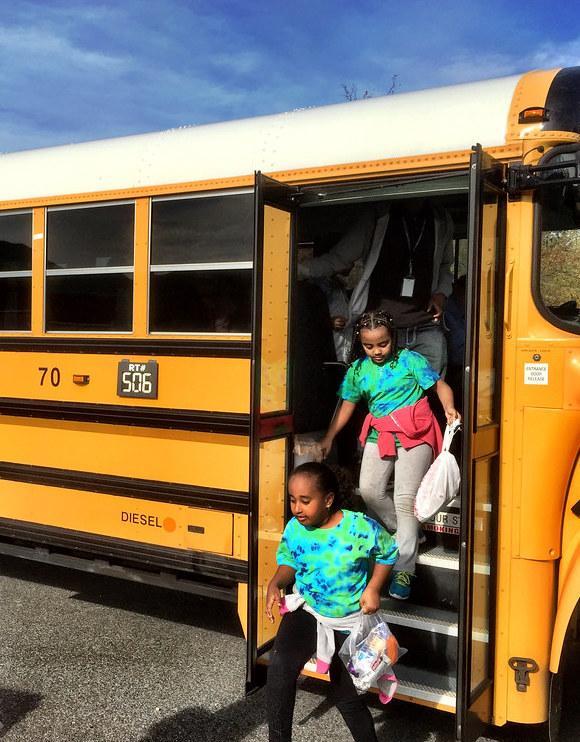
Tony Spruill, a devoted transportation operations supervisor for Prince George's County, Maryland, stands out among his peers in this time of global pandemic and countrywide school transportation woes.
For 17 years, Spruill, a member of Association of Supervisory & Administrative School Personnel (ASASP), AFSA Local 109, has led his team in transporting 90,000 students to and from school daily, at one of the largest transportation units in the country. He has developed numerous initiatives to elevate safety precautions, increase productivity and reduce spending. In addition, Spruill has been a part of successful union negotiations leading to improved staff performance and adherence to vehicle laws.
“My love for transportation came from seeing how beautiful the buses look all around the county,” said Spruill. “I enjoy watching the buses grow—with different technology we put on our buses each year.”
Spruill has always had a passion for the students. Before becoming a supervisor, he taught social studies and special education for 10 years. He has continued his work in support of special education students, like providing the best possible door-to-door transportation.
“What drew me to this profession is the special ed needs for students—to not only make sure that our general education students are receiving the type of services they need, but making sure that the same thing was given to our special needs population,” explained Spruill. “So, my focus in the beginning was on them.”
After realizing that many school drivers had little knowledge about children with disabilities, he came up with a plan to train and teach them. To that end, he created a guide, “Transporting Students with Special Needs,” to offer tips and assistance. School districts from around the country are using his guide to help their drivers and monitors to better support this population of students.
One of the biggest challenges Spruill faces these days is the school bus driver shortage—Prince George's County needs an additional 200 drivers to be fully staffed across all bus lots.
“The most defining thing for me is coming to work every day, with the shortages we have, and making adjustments on a daily basis in order to get students to school on time,” he said.
Although the pandemic exacerbated this issue, the transportation industry itself contributes to the shortage. All school bus drivers are required to obtain a commercial driving license (CDL), which is the same license required by truck drivers, public transportation drivers and corporate drivers such as Amazon. Unlike school systems that offer 10-month contracts with lower pay, Amazon and other entities offer drivers 12-month contracts with a higher rate of pay.
“If you have the same license and have the opportunity to do 12 months or 10 months, it's a no brainer. You’d go for the 12-month contract,” Spruill said.
The CDL license includes drug and alcohol testing, driver improvement programs and other safety measure protocols. He explained that with the same license, workers could apply for places like Walmart and make more money. School systems were seeing a large pool of drivers leave for 12-month positions before the pandemic hit, forcing them to come up with solutions for the shortages.
Recruiting and retaining employees proved to be a constant juggle. Spruill said offering incentives, increasing hours for workers and starting off employees at eight hours per day instead of five were some options for lessening the driver shortage.

